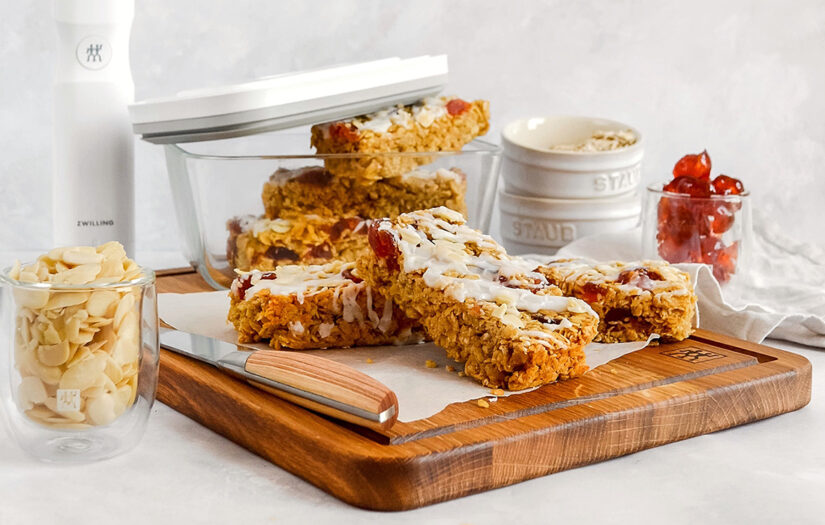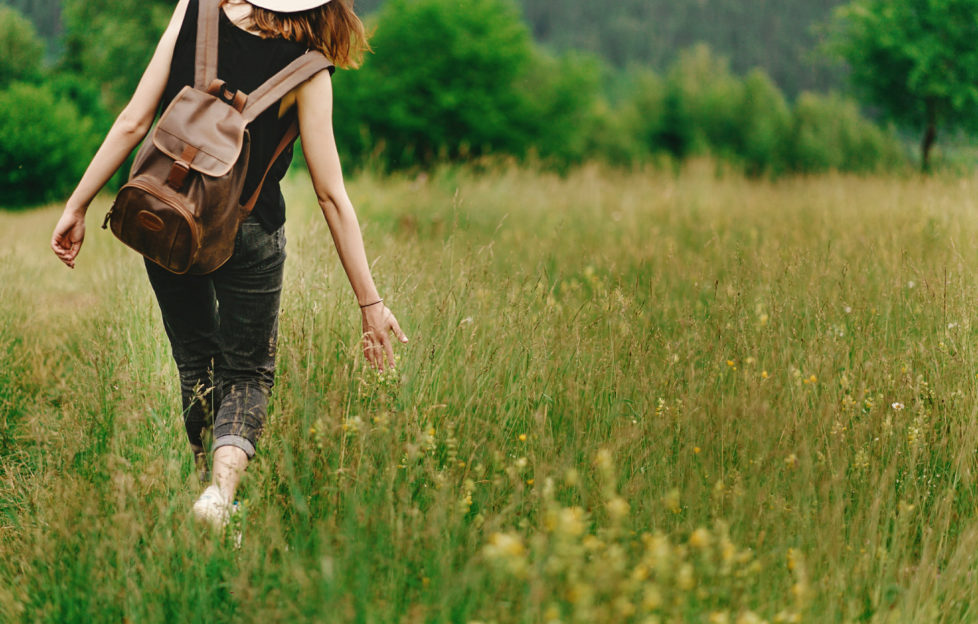
June 5 is World Environment Day, when people and governments around the world are encouraged to focus their efforts on pressing environmental issues.
To mark the occasion, we’re revisiting this article from renowned nature writer Polly Pullar.
Regular readers will know that Polly is passionate about nature in all its forms. Here, she urges us all to do our bit to protect roadside plants.
This was first published in the “Friend” in September 2018, and in certain areas, some of what Polly is advocating has been taken on board. However, there is always more to do…
The British Isles are home to around 1,500 species of native wildflower, plus numerous other plants that since their introduction have become naturalised.
Many have become accepted as part of our valuable fauna and flora, whilst a few invaders are less appreciated due to the threat they pose to other native flowers.
Like our wildlife, our native flora is in peril. A growing number of species under threat and becoming increasingly rare. Indeed, we have lost many treasured wildflowers altogether.
Since the 1930s we have lost an astonishing 97% of our traditionally managed pastures and hay meadows. These are the very places where an abundance of wildflowers should be flourishing.
An ecological apocalypse
As broadcaster Chris Packham has warned, “we are experiencing an ecological apocalypse.”
In mid July, wildflowers around the countryside should be at their peak. But this is far from the case.
I am driving from my home in Aberfeldy to Perth — a 70-mile round trip. And after years of making this journey I have come to love the places where wildflowers bloom at different times during the season.
The roadside verges should be lush with colour. There should be banks of ox-eye daisies and field poppies, cuckoo flower, glorious old Scots varieties of wild rose, orchids, ragged robin, betony, melancholy thistle, lady’s bedstraw and vetches of numerous kinds.
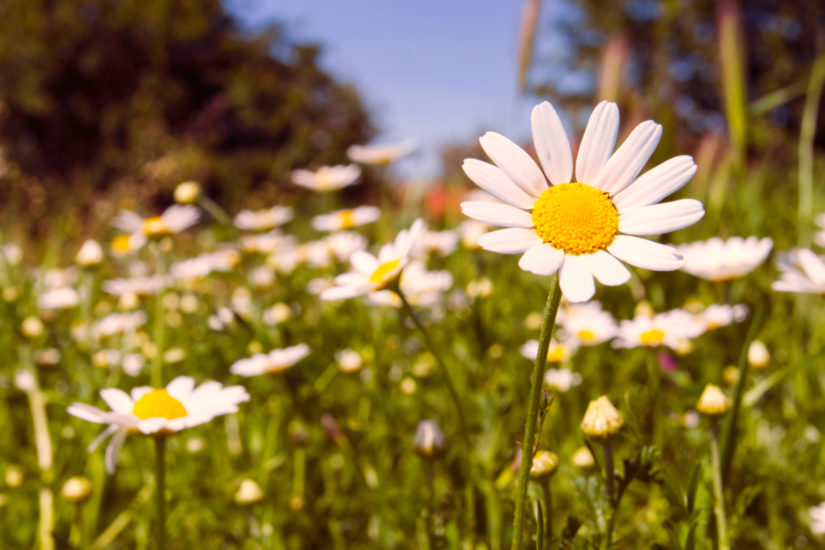
Shutterstock.
Not so today. Once burgeoning verges are now brown and burned following a long drought, and there is not a flower in sight.
It’s mowing and strimming that has caused the problem, not the lack of rain. Local councils are strapped for cash, and their attitude appears to be that, if they cut verges and roadside banks down low, it will save doing it again, therefore reducing their expenditure.
Highland Perthshire, usually so flamboyant and blowsy in summer, is now a sterile desert.
Landowners and farmers, as well as some councils, use weedkillers in abundance, with devastating results.
I am saddened, because though it is necessary to make roads safe and not let undergrowth jeopardise visibility, great swathes have been hacked back from the road that wouldn’t have affected anything at all, and certainly not visibility or safety aspects for road users.
The knock-on effect to our wildlife is catastrophic.
What can we do?
The grasses and flowers have gone. And with them a safe haven for a host of small mammals and birds, and a valuable source of nectar, pollen and invertebrates, too.
In some cases this annual onslaught means that many species may never return, having died out altogether. The melancholy thistle that I find so beautiful with its drooping head is well named indeed. It’s not there on that familiar roadside bank as I drive past. It makes me feel melancholy, too.
So, what can we do? I have been religiously signing petitions from Plantlife relating to their excellent and vitally important Road Verge Campaign.
Plantlife is a British conservation charity working both nationally and internationally to save threatened wildflowers, plants and fungi. They own nearly 4,500 acres of nature reserve across England, Scotland and Wales, where you can find over 80% of the UK’s wildflowers.
They badly need our support.
Since the demise of traditional grassland meadows, road verges should have remained as a vital last refuge for over 700 species of wildflower, in particular rare orchids, as well as bees, butterflies, birds, bats and invertebrates.
But these last strongholds are becoming just as endangered as our traditional meadows.
Struggling for survival
Plants such as the red clover support numerous other species. It is these plants which we once took for granted that are now struggling for survival.
“Our once colourful and botanically diverse road verges are becoming mean, green thickets where only thuggish species can thrive and more delicate flowers are driven to the brink of extinction,” Plantlife’s botanical specialist explains. “After the froth of cow parsley in May, many verges no longer enjoy a bountiful summer.
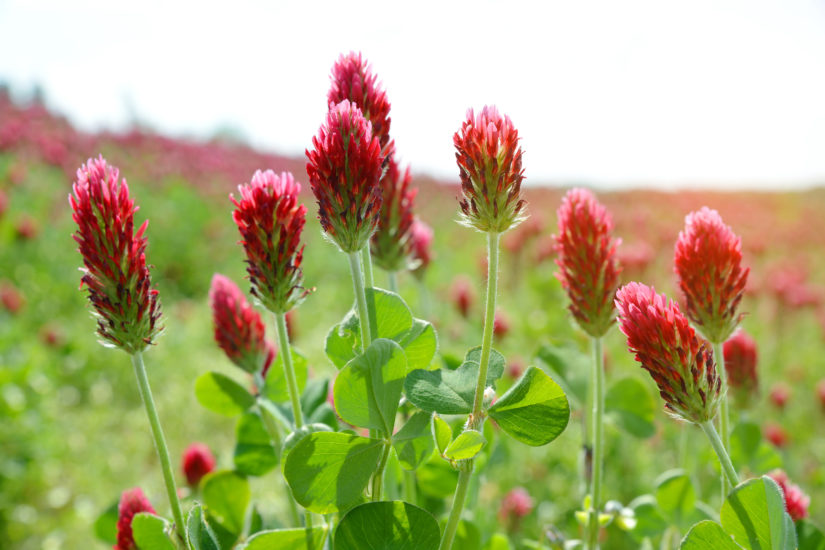
Shutterstock.
“For the twenty-three million people who commute to work by road, the verge can be their only daily contact with nature. A floral parade of pink orchids, sapphire-blue tufted vetch, white ox-eye daisies and billowing yellow lady’s bedstraw – that we know can boost health and wellbeing.”
Many, if not most, of our native flora prefer soils lower in nutrients than their garden counterparts.
What I hadn’t realised was the impact on floral habitat of increased air pollution and nitrogen from vehicles. This, coupled with litter and dumped take-away food, as well as agricultural fertiliser run-off and the grass cuttings left by council workers, inadvertently enriches soils, leading to eventual die-out of so many species.
No-one would dispute the fact that there are certain places that need to be cut for safety reasons.
Bursting with untapped potential
But this is not the issue here.
We need to write to our local councils, and explain the importance of leaving verges and managing them for nature.
Can this be so hard for them to do? After all, it would also save large sums of money that could in turn be ploughed back into environmental projects.
“Verges are positively bursting with the untapped potential to arrest the alarming decline of our wildflowers and wildlife,” Plantlife’s Dr Dines adds.
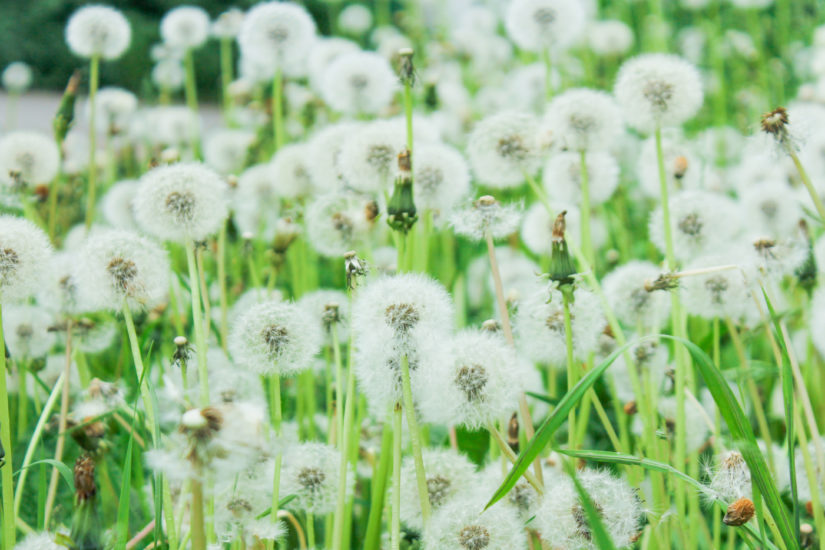
Shutterstock.
“If all our verges were managed for nature, we could see an area the size of London, Birmingham, Manchester, Cardiff and Edinburgh combined adorned with wildflowers.
“This surge in pollen and nectar would have a genuinely transformative effect on the prospects of wildlife – half of which we have tragically lost in the past fifty years alone.
“Re-enlivening our neglected roadside offers us a route away from biodiversity oblivion.”
We are on the verge of ecological apocalypse. We can all help, even in the smallest of ways.
Don’t cut grass in the garden down low. Leave the flowers to emerge and cut less often. Leave wild patches and corners and try to overcome the obsession with garden neatness.
The weeds we get rid of are often the most important for a host of species.
Above all, pressure your local council. There is not a moment to lose.
For more on World Environment Day, click here.
For more from Polly Pullar, click here.



